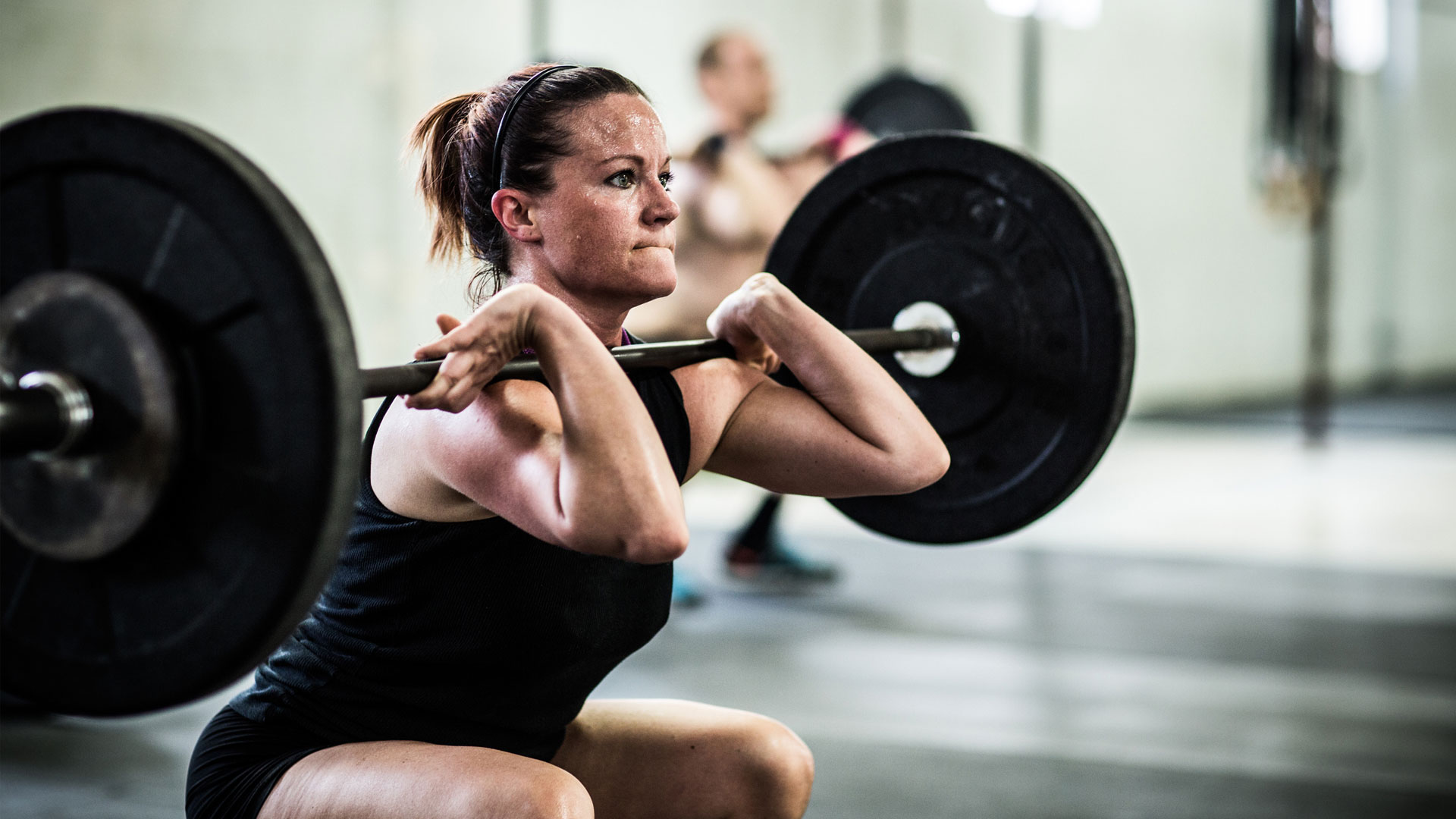How to get stronger
We take a science-led, physical trainer-approved deep dive into how to get stronger

How to get stronger is arguably the number one question in fitness. After all, what’s the point of laboriously pumping iron session after session if it’s not to build muscle?
Well, there are actually multiple types of strength that you can develop, and some of them have nothing to do with muscle size. And getting stronger in general brings some all-important health benefits – such as an increase in bone density and improved joint function.
We've combed through the latest research to find out exactly how you can get stronger. So whether you’re lifting weights down at the gym, or at home with a pair of the best adjustable dumbbells, you can work out a program and focus on building up your strength.
Defining strength

When it comes to strength training there are seven measurable facets:
- Agile strength
- Endurance strength
- Explosive strength
- Maximum strength
- Speed strength
- Starting strength
- Relative strength
Agile strength is the ability to change direction quickly and powerfully. It helps your body move with ease and it also aids coordination. You’re constantly working on your agile strength, usually without knowing it. Simply carrying your groceries into the house or climbing the stairs is giving you a workout.
Endurance strength is about maintaining a consistent level of muscle force for a longer period of time. HIIT workouts and long-distance runs are great ways to build endurance strength.
Explosive strength is the maximal amount of force you can produce in a minimal amount of time. Plyometrics exercises (like box jumps and burpees) and deadlifts are good examples here.
Maximum strength is the highest level of muscle force that you can produce. Speed strength is the maximum load that can be lifted when moving at high speed.. Both of these are important for athletes, and they can also help you to maintain your balance in your daily life.
Starting strength refers to the first push of movement you can make without any momentum — this could be exploding off the starting blocks, for example, or getting up from your chair.
Relative strength is your strength compared to others of different body compositions.
The best ways to build strength

When building strength, it is tempting to think it’s all about lifting heavy weights – and, to some degree, it is! In 2017, there was a systematic review published in Experimental Gerontology, that looked at a number of studies and found just two resistance-training sessions a week over a period of 10 weeks (with each workout consisting of just 10 sets of exercises done to failure) can improve blood pressure, lower body fat and increase muscle size and strength.
If you are going to lift weights, then loads of 70% have been found to be the most efficient method of stimulating growth, according to 2021 research from Cambridge University. So if you can lift 100kg going all out for one repetition, your most effective muscle building will be done lifting around 70kg for between six and 10.
Meanwhile, a 2021 review published in the International Journal of Strength and Conditioning suggests increasing a body part’s exercise volume by a maximum of 20 percent week-over-week, while you should rest for at least two minutes between sets when undertaking multi-joint exercises and around 90 seconds between single-joint, or isolation, exercises.
You should also ensure you recover properly after every session by warming down, stretching and getting the right nutrition. As a guide, the International Society of Sports Nutrition recommends protein intakes of 1.4–2.0 g per kg of body weight per day for physically active individuals.

Build a game-plan
You don't have to lift heavy things if you're focused on getting stronger.
“Gaining strength does not just need to be done in the gym,” says Jaz Dawson, a personal trainer and founder of London-based studio Train Yard. “Your bodyweight alone is an amazing way to build strength. Think squats, push-ups, pull-ups and lunges. Lift and strength based classes are also a great way to gain strength, as are mat and reformer pilates.”
Dawson’s number one tip for building strength is to create a programme.
“Don't go in without a game plan. You need to be following a programme for at least four to five weeks doing the same exercises in the programme to ensure you are nailing the movements and building each week.”
Dawson suggests starting with full body workouts, structuring them with a compound lift like bench press or barbell squat, to start with, before moving on to secondary lifts.
“[It’s important] to focus on always having a push, pull, hinge, squat and knee dominant exercise. If you are training full body this is a great way to structure your workout.
“Make sure you write down what you are lifting each week so you can build on this. Progress will never be linear but you may find something easier than you did last week or you may get one more rep. If you are really serious about building your strength you just need to ensure you are staying consistent.”
This article is not meant to offer medical advice and readers should consult their doctor or healthcare professional before adopting any diet or treatment.
Sign up for the Live Science daily newsletter now
Get the world’s most fascinating discoveries delivered straight to your inbox.
A former commissioning editor at men’s lifestyle site FashionBeans, and lifestyle writer at The Telegraph, Richard takes pride in his ability to craft engaging reads on pretty much any topic imaginable. He is currently editor of inForm, the in-house magazine of supplements brand Form Nutrition, and specialises in easy-to-follow guides within the health and fitness space. Along with these roles, Richard also has bylines with The Evening Standard and The Independent.











